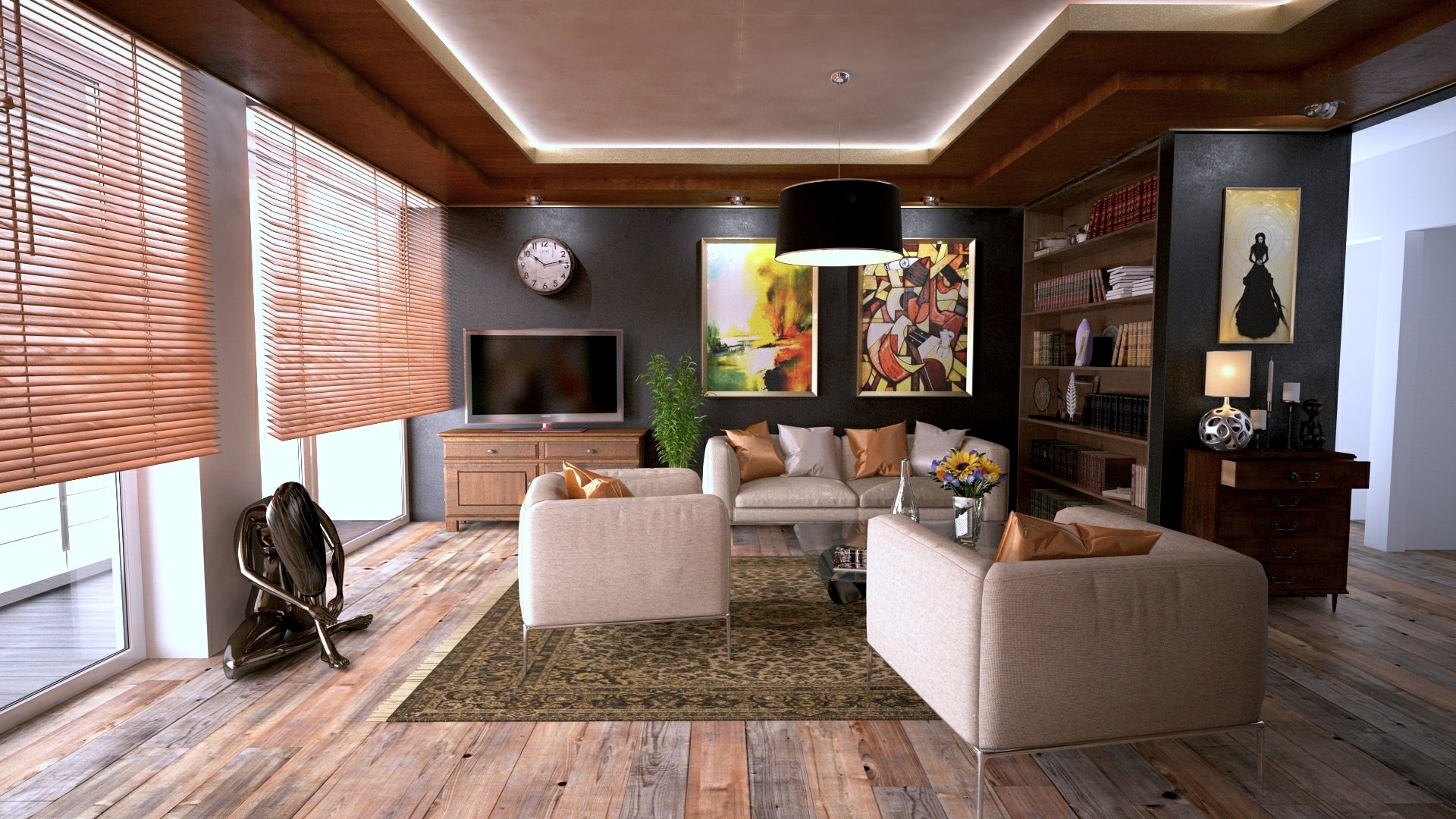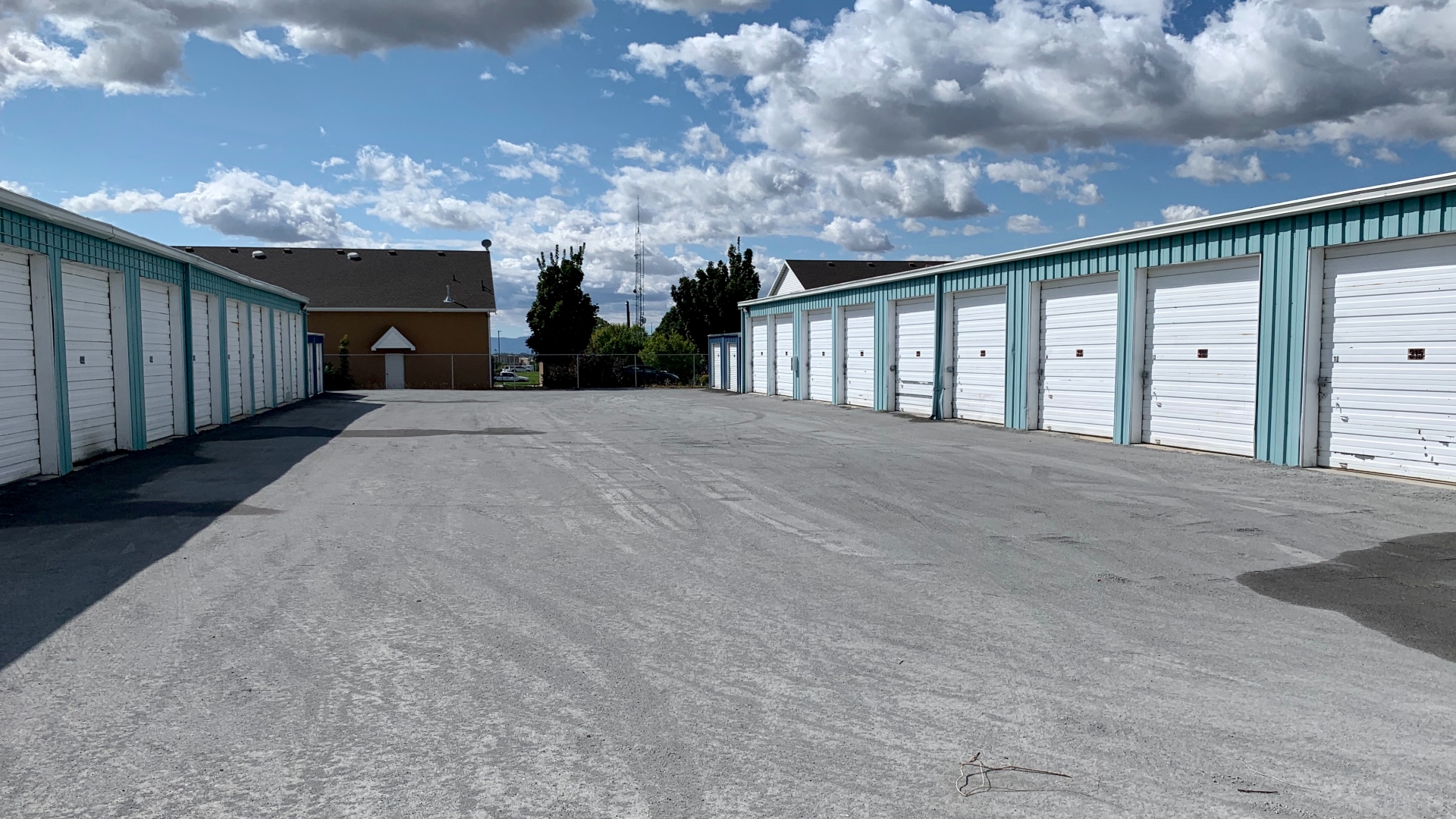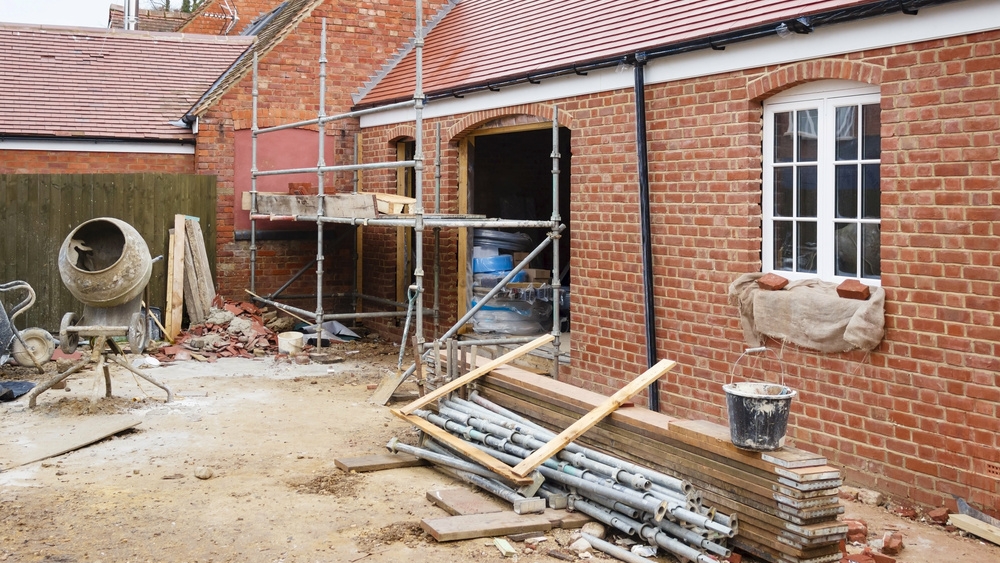Urban areas worldwide are undergoing a renaissance as cities strive to create more livable and sustainable environments for growing populations. An essential part of this urban transformation lies in reimagining outdoor landscapes. Well-designed urban landscaping improves aesthetic appeal, environmental quality, recreational spaces, and economic activity. When thoughtfully incorporated, natural stone imparts myriad benefits for innovative 21st-century landscape architecture rooted in meeting human needs.
Why natural stone is a popular choice for urban landscaping projects
Natural stone possesses inherent qualities that make it a cherished, enduring choice to fulfill assorted landscaping needs in bustling metro spaces:
- Durability and Longevity: Exterior-grade natural stones like granite, marble, limestone, and sandstone boast exceptional hardness and density ratings, allowing them to withstand heavy foot traffic, errant collisions, severe weathering, and pollution over decades without considerable wear or structural issues. Natural stone’s longevity removes frequent replacement costs.
- Aesthetics and Design Flexibility: Natural stone presents limitless options between distinct types like slate, travertine, and bluestone, coupled with tremendous diversity in colors, textures, cuts, and finishes to actualize virtually any landscape vision—from formal gardens to fluid cosmopolitan squares to serene minimalist plazas—while retaining natural beauty.
- Sustainability: Natural stone remains an environmentally prudent choice as urban paving material considering its longevity, local quarrying, durability to reuse/recycling coupled with low-embodied energy relative to manmade alternatives requiring high heat or pressure. Lower carbon footprint and water usage implications mitigate ecological impact amid climate change.
- Low Maintenance: Properly laid natural stone paving, walls or facades require negligible upkeep expenses – no periodic sanding, staining, repainting or intensive cleaning regimens beyond occasional pressure washing. Ease of maintenance allows optimal preservation of constructed landscape.
- Sense of Place and History: Local natural stone fused thoughtfully within urban surroundings forges deeply rooted heritage connected unachievable by ubiquitous artificial materials for inhabitants. Natural stone masonry bonds spaces to regional culture.
- Improved Thermal Performance: Natural stone flaunts favorable thermal attributes conducive to pedestrian comfort. Unlike asphalt expanses, its solar energy absorption offsets urban heat island effects during summers. Stone visually signals heat refuge areas within civic plazas to relax.
Applications of Natural Stone in Architectural and Urban Landscaping
With such versatile merits at play, architectural cut stone presents a customizable material choice suitable for diverse applications within public urban landscapes:
- Paving and Walkways: Natural stone blocks, cobbles, tiles, or pavers remain unparalleled for patterned sidewalks, crosswalks, pedestrian & bike lanes subject to daily foot traffic. Textural stone surfaces afford better grip than plain concrete during inclement weather.
- Walls and Retaining Walls: Alpine stone and stacked stone cladding permits localized materiality for boundary walls, tree pits, raised planters, and terraced accessibility transitions across civic sites with suitable structural reinforcements based on geological factors.
- Cladding and Facades: Rugged building exteriors clad in stone masonry, veneers, or stacked stone lend a welcoming visual impression while simultaneously addressing technical considerations related to insulation, moisture control, and acoustics. Natural stone redefines public architecture.
- Stairs and Steps: Natural stone stair materials, through varied hues, improve visibility and separation between individual steps to avoid slips and trips. Options like flamed/honed granite minimize wear and visible grime accumulation on frequently used public staircases.
- Street Furniture: Stone benches, garbage bins, bollards, and bike racks withstand abuse from vandalism better while adding cohesion to the landscape. Incorporating regionally sourced stone council rings, chess tables, etc, also promotes communal interaction.
- Water Features: Relaxing water elements crafted from solid blocks of limestone, quartzite and carefully sealed natural stone (no loose tiles) limit algal buildup despite sustained water contact while adding pleasant auditory qualities for people to enjoy.
Architectural cut stone thoughtfully laid amplifies aesthetics for both curated and makeshift urban oases that emerge as democratic venues for people to gather, unwind, or transit through while merging human spaces with natural surroundings through geologic craft.
Sustainable Practices with Natural Stone
Specifying resilient natural stone over poured concrete or composite materials keeps sustainability at the core of progressive urban greening practices:
- Quarrying Practices: Specify natural stone quarried from sites holding responsible development certifications, such as the Natural Stone Council’s ANSI-accredited standards for ecological restoration and community considerations beyond commercial demands.
- Transportation: Compare the weight and gas emission implications of sourcing stone types available locally/regionally before opting for exotic imported varieties requiring transcontinental freight hauls unless climatic resilience necessitates so.
- Material Selection: Seek stone types requiring no toxic additives or sealants for installation/maintenance. Favor affordable, workable stone that is easily reused during future site upgrades without virgin quarrying. Calculate volumes accurately to minimize wastage.
- Maintenance Practices: Incorporate natural stone pieces as structural landscape elements rather than loose gravel, which demands noisy blowers. Conserve water for washing stonework using low-flow jets rather than excessive-pressure hosing.
- Lifecycle Analysis: Evaluate the entire process, from quarrying to offsite/onsite fabrications needed for bespoke natural stone elements, before ruling on the sustainability verdict. However, suitably chosen natural stone emerges favorably for its net sustainability effect over the life span.
The Future of Urban Landscapes: Natural Stone Leading the Way
Looking ahead, natural stone stays poised to retain prevalence as societies aspire to greater harmony with nature amidst rising urbanization and infrastructure growth. Some projected directions include:
- Locally Sourced Materials: Expanding green building standards will necessitate tracing stone materials back to parent quarries, proving responsible regional sourcing with the lowest transportation miles, and confirming ecological principles.
- Diversified Textures/Patterns: Designers may leverage emerging scanning, modeling, and stone fabrication technologies to actualize more ambitious form-finding sculptural landscapes emulating free-flowing shapes economically noticed in nature using textural stone.
- Stormwater Management: Cities may likely incorporate more green solutions like integrated stone mulch pits, swales, and retention pools that are leveraged for stormwater harvesting or filtration needs before recharging groundwater.
- Biophilic and Healing Architecture: Expanding clinical evidence on the restorative benefits of nature for human health should manifest more therapeutic landscapes and non-institutional civic spaces conducive to relaxation or social bonding, made feasible by modular stone construction.
- Responsible Urban Mining: Support for deconstruction over demolition in cities will emerge to allow careful disassembly for natural stone reuse from existing sites during redevelopments or retrofits – closing material loops.
In summary, natural stone, despite its ancient roots, will continue enjoying the increasing patronage of visionary landscape architects who tap into geological craft to build future cities focused on people, nature, and heritage. Natural stone’s synchronicity with biophilia, sustainability, and wellness paradigms cements its indispensability for tomorrow’s urban fabric.










